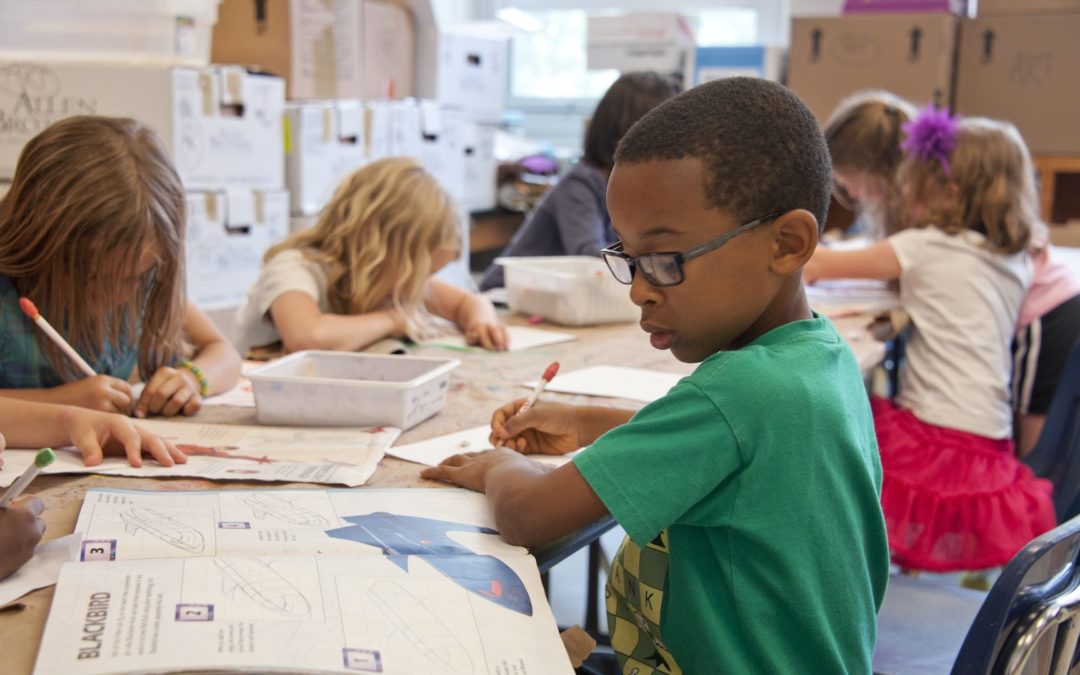There is a recurring theme of lack of participation in classrooms everywhere. This issue can be addressed, however, through the use of student-centered learning.
Here are the best strategies to incorporate a student-centered approach in the classroom.
- Teaching students to feel empowered by creating leadership opportunities.
- Allow students to consider their unique learning, testing, and thinking style.
- Encouraging collaboration among peers.
- Inclusion of vocational interests as well as the arts.
- Making the teaching objectives clear to everyone.
- Moving away from task-based thinking and working into learning-based.
- Promoting interactive exercises such as role-play.
- Using response systems such as discussion boards.
When implementing this approach, teachers can use various mediums, such as live courses, games, and interactive activities, to keep students engaged. Below are a few strategies for student-centered learning.
Personalized Learning
Children learn at different paces and with varying strengths and weaknesses. The concept of personalized learning is very important for educators as it allows them to identify their student’s needs and develop personalized learning programs.
It is critical that teachers personalize their approach to teaching as much as possible. This can look like using more formative assessments rather than summative ones, utilizing inquiry-based learning, asking open-ended questions, and giving students choices in their curriculum.
Ownership
When children are given the authority to make their own decisions in the classroom, they take ownership of their learning and therefore are more responsible for their success. Often when teachers use the ownership strategy, students begin to find healthy ways to balance their needs (covering the curricula) with having fun.
Remember that in a student-centered classroom, the teacher is not simply an educator but also an activator and facilitator. In order to fulfill those roles, teachers must establish distinct learning objectives, teach digital literacy, let students teach when possible, and extend lessons beyond the classroom and into the real world.
Mastery Over Hours
Throughout their academic careers, students have been expected to complete various tasks and tests in order to determine if they have mastered their subjects.
The concept of student-centered learning is very different from traditional assessment methods. Instead of judging a student’s competency based on how many hours they spend on a particular subject, it is based on their mastery of the material.
One of the most challenging aspects of assessing a student’s mastery of a particular subject is determining how much expertise they have over it. Can they effectively summarize the content? Are they able to reflect? Do they have any misconceptions?
When teachers successfully turn the classroom into a community, restrictions that hold many children back fall away. Direct involvement leads to more collaboration and interaction among students.
The conversations that occur in the classroom become part of the student’s lives, and they can extend into their sleepovers, summer camps, and even into adulthood. This is very important as it allows students to develop their independence and work independently.

